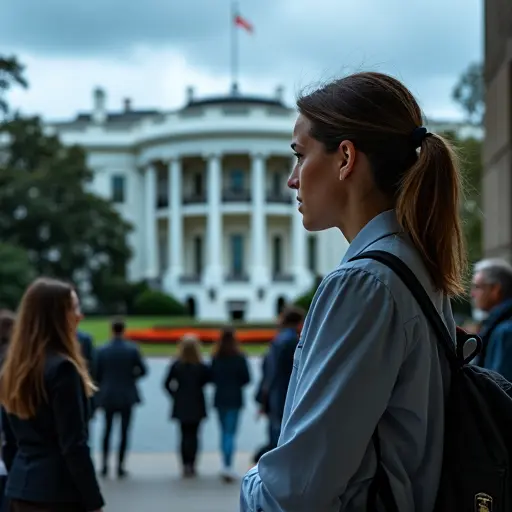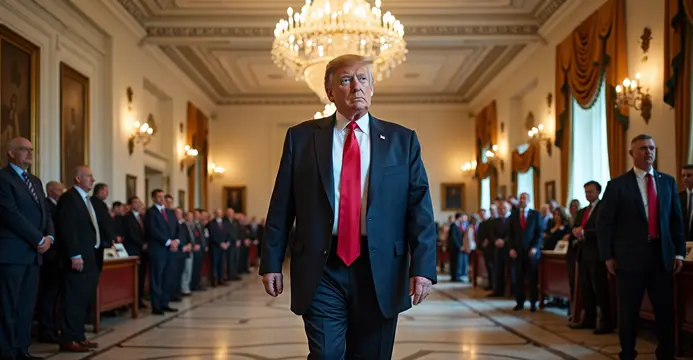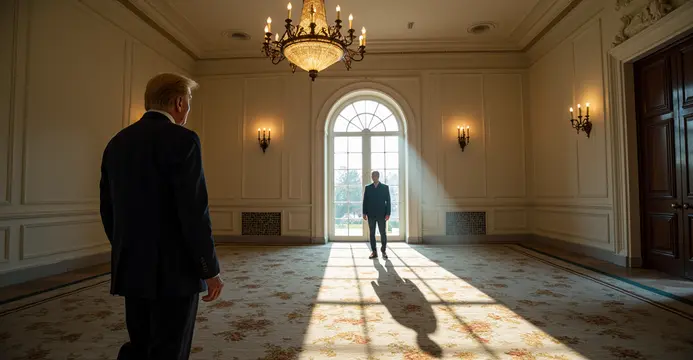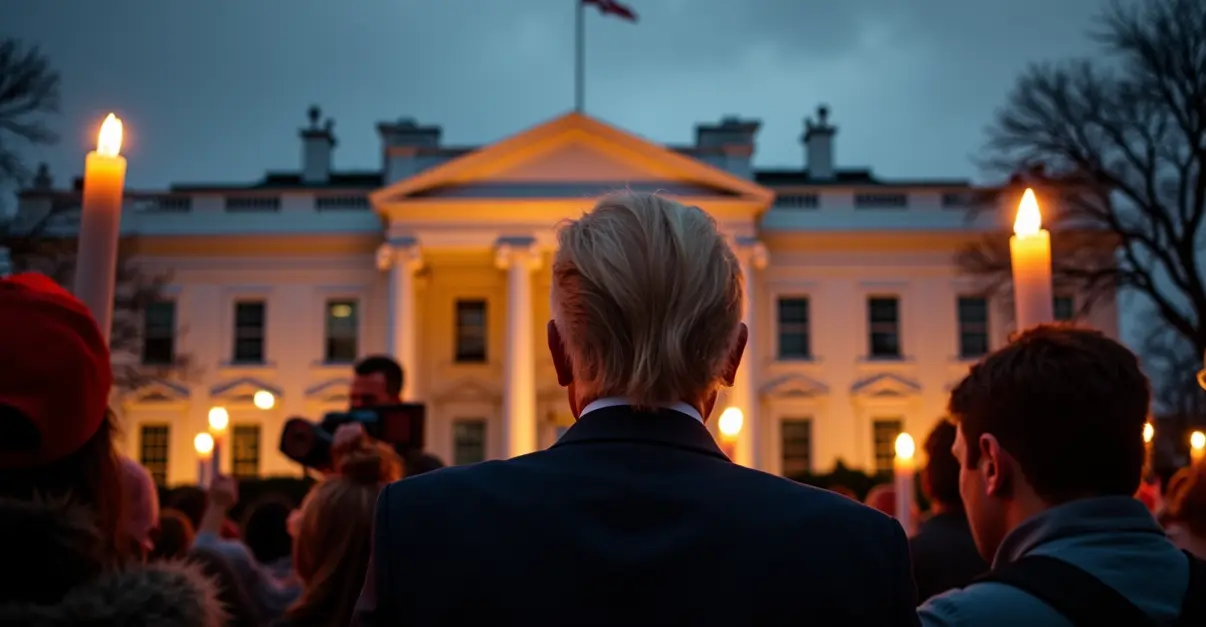President Trump demolishes White House East Wing for $250M ballroom project, bypassing historic preservation reviews. The 90,000 sq ft addition funded by corporate donors sparks preservation concerns and transparency questions.
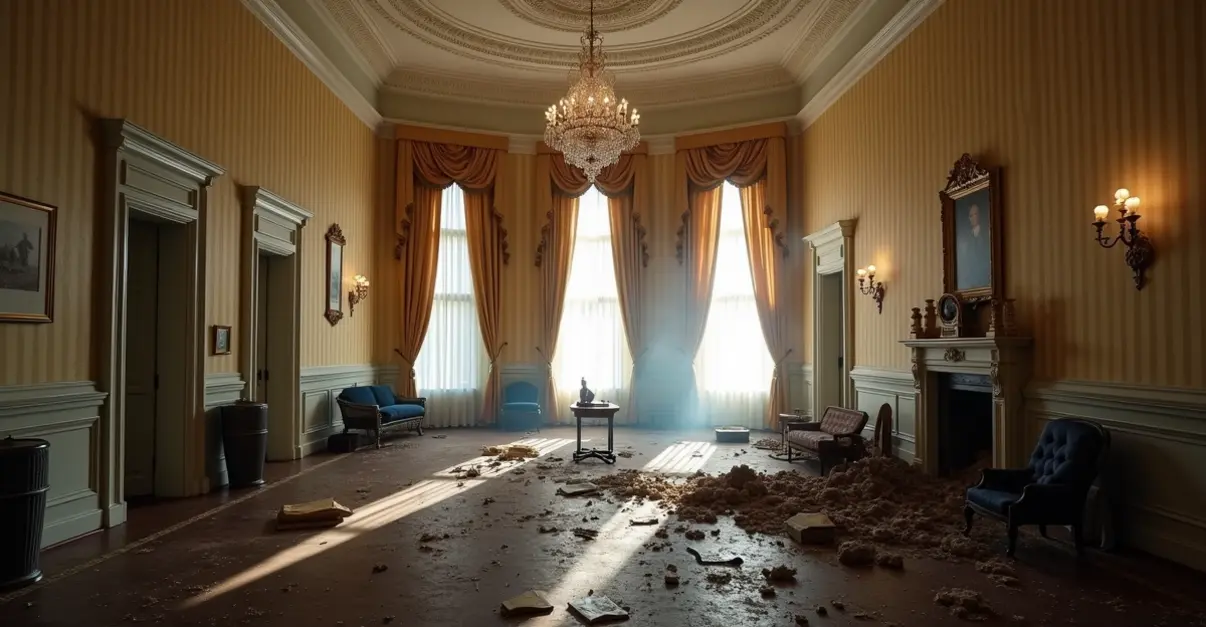
Historic White House Wing Falls to Trump's Vision
The White House is undergoing one of its most dramatic transformations in modern history as President Donald Trump proceeds with the demolition of the East Wing to make way for a $250 million ballroom project. The work, which began in October 2025, represents a significant departure from previous White House renovations and has sparked intense debate among preservationists and political observers.
The Sound of Construction
President Trump proudly showcased the demolition work to Republican senators during a gathering in the Rose Garden, which he had previously converted from its traditional floral design to a stone patio. 'Hear that sound?' Trump asked the assembled lawmakers. 'It sounds like music to my ears.' The president's enthusiasm for the construction contrasts sharply with concerns from historic preservation organizations.
Scale of the Demolition
What began as a controversial patio renovation has escalated into a full-scale demolition of the historic East Wing. The project involves tearing down significant portions of the wing that has served various functions since its original construction in 1902. According to ABC News, a White House official confirmed that 'the entirety of the East Wing will be modernized' as part of the ballroom construction.
The East Wing has historically housed the first lady's office, the White House military office, and various administrative functions. These operations have been temporarily relocated during the construction period. The demolition has proceeded despite earlier assurances from the administration that the project would respect the existing structure.
Transparency Concerns
The work has been shrouded in secrecy, with screens blocking public view of the demolition. However, photographs obtained by The Washington Post show the historic building partially in ruins. Government employees received instructions not to share images of the work, but several photographs have leaked to media outlets.
Edward Lengel, former head of the White House Historical Association, expressed shock at the images. 'It makes me very uncomfortable,' he told reporters. 'They are completely silent, as if they are afraid. That is telling, but disgraceful.'
Regulatory Bypass
The project has proceeded without the usual oversight from the National Capital Planning Commission, which typically reviews federal construction projects in Washington. Trump appointed loyalist Will Scharf as chair of the commission overseeing renovations, and Scharf has argued that only rebuilding requires commission vetting, not demolition or preparation work.
According to CP24, the White House announced it would submit plans for review even though demolition had already begun. This approach has drawn criticism from preservation organizations, including the National Trust for Historic Preservation, which called for a pause in demolition until proper review processes are completed.
The Ballroom Vision
The planned ballroom will span approximately 90,000 square feet - nearly double the size of the main White House building itself. It will accommodate up to 999 guests and feature bulletproof windows. The design reportedly resembles the ballroom at Trump's Mar-a-Lago resort in Florida.
Historian Lengel noted that while previous presidents have made changes to the White House, Trump's approach represents a fundamental shift. 'Trump wants to make the White House a palace: it is no longer the People's House,' he stated. 'The founding fathers would have found this terrible.'
Funding Questions
The $250 million project is being funded entirely by private donations, with major contributions from corporations including Google ($20 million), YouTube, Amazon, Apple, and Lockheed Martin. The White House has not released a comprehensive donor list, raising ethical questions about the funding sources.
Trump has defended the funding approach, stating the ballroom is being paid for by 'generous Patriots, Great American Companies' and himself, with no taxpayer money involved.
Broader Architectural Ambitions
The ballroom project is part of a broader pattern of architectural changes under the Trump administration. The president has also unveiled plans for a monumental arch nicknamed 'Arc de Trump' that would be larger than Paris's Arc de Triomphe. The arch is planned for the Arlington, Virginia side of the Memorial Bridge, positioned between Arlington National Cemetery and the Lincoln Memorial.
Urban planner Eric Jenkins expressed concerns about the arch's placement. 'It's a symbolic connection between the Lincoln Memorial and the military cemetery at Arlington in Virginia,' he explained. 'A huge structure here blocks that sacred axis.'
When asked who the arch was for, Trump responded simply: 'For me.'
Historical Context
The White House has undergone numerous renovations throughout its history. Franklin D. Roosevelt added an indoor swimming pool for hydrotherapy, Jackie Kennedy established the Rose Garden, and Richard Nixon installed a bowling alley in the basement. However, Trump's ballroom represents the most significant structural change in decades and the first major demolition of a White House wing.
The project is scheduled for completion before Trump's second term ends in January 2029, though the accelerated demolition suggests construction may proceed more quickly than initially anticipated.

 Nederlands
Nederlands
 English
English
 Deutsch
Deutsch
 Français
Français
 Español
Español
 Português
Português




